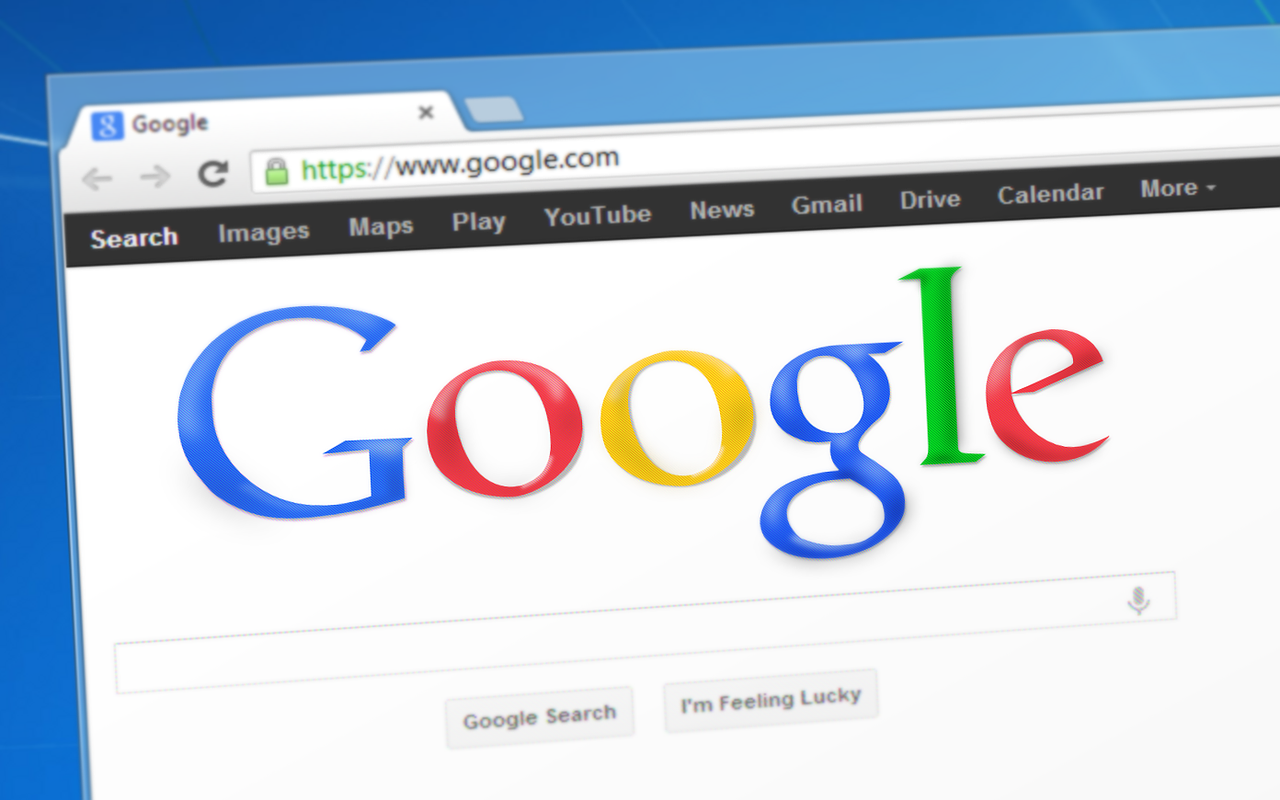Web users are generally being put off by seeing the message “not secure” which is attached to website without secure SSL hosting. Agency John Cabot has found this out after it surveyed 1,324 people in the UK. The survey found the flag affects both behaviour and brand perceptions.
Since 2014, Google has been using HTTPS as a ranking signal. But since July 2018, Google started marking HTTP sites in Chrome as “not secure”. However, the survey found that 47 percent of respondents “knew roughly what the warning meant.” An equivalent number (46 percent) said that they would not enter their names or financial information into a site that was not secure. And 64 percent of that group said they would leave the site “instantly.”
Other fears or concerns included:
Their device was exposed to a virus — 14 percent
They had arrived on a fake version of the intended site — 12 percent
The content was “unreliable and not fact-checked” — 9 percent
Being signed up for spam email — 8.4 percent
The survey also found many people feared that their search histories would be sold.
Brand perception affected. With some exceptions, brand perceptions were negatively impacted by the “not secure” warning. UK retailer John Lewis didn’t suffer as much negative sentiment as other known brands, suggesting that in a limited number of cases brand strength or loyalty can overcome the impact of the not secure warning.
But the attitudes and concerns above suggest conversions are being lost from exposure to the warning.
Why you should care. The results above imply that half of survey population was not as concerned about the warning. So one could take a “half empty, half full” view of the study. But that would be a mistake. The combination of HTTPS as a ranking factor and the adverse reactions of consumers to seeing the not secure warning create an imperative to adopt HTTPS encryption. There’s really no reason to not go HTTPS.

